An interview of Manolis Korres by Avgi Kalogiannis, first published in PAROLA
The underground quarries of Paros are a great world heritage
Sharp and fair, bold and at the same time fascinating in his speech, Manolis Korres is a man who dedicated his life to the history of architecture. With a renowned work in the Parthenon and the Holy Sepulchre restoration, his career is full of honours such as the title of member of the Athens Academy. In Parola, he talked about everything and especially about the ancient marble quarries of Paros, this open wound at the side of the island.
You have worked for about twenty-five years in the Acropolis restoration, sixteen of which on the Parthenon. Recently, you participated in the restoration of the Chapel of the Holy Sepulchre. One could say that with your work you have touched the Sancta Sanctorum.
Everything is a matter of chance as my late mentor, Haralambos Bouras used to say. When an opportunity comes up and you are there and you have some experience and what you know is something other people want to use, all this creates the prerequisites for cooperation.
Well, my own story begins a long way back. When I was a student at the Polytechnic, I worked as well. What I liked most was to help the archaeologists, not so much in the excavations but more generally in studies which made use of representational drawings of monuments something at which I was quite good. Then I began to realize that there were some dark sides in the rebuilding of everything and that there was much beauty in the work with the ancient monuments, especially in the countryside. Anyway, I didn’t really like being in an office.
H. Bouras who was not only the best scientist, the best brain, the best professor, but he also had integrity and consistency, was an example -therefore he exerted a great influence. He did not attempt to entice anyone. This came naturally.
Thus in 1975 The Committee for the Conservation of the Acropolis Monuments was established and I was the first who was asked to take over the work. Of course, I didn’t feel very comfortable; I felt I was too young to work at the Acropolis. However, it seems that despite my youth I was better equipped than any other at the time. I simply didn’t like the idea that it happened in this way, without any competitive procedure.
Which were for you the influences, the points of reference and the life examples?
Above all, the culture from the family. My mother liked literature very much; she was gifted in this as well. She read poetry, she read various writers and wrote herself as well. She died very young, she was only fifty. She had been obliged to work hard, because our father had also died very young but from our childhood we had been taught to love books.
In general, in our family there was the talent of the hand, of drawing. We, all three children, had a high skill. In a children’s drawing competition, both my brother and I were disqualified because they thought that our drawings were made by professional adults. Unfair! They didn’t even bother to call us and see that we were children who could draw like an adult.
You use the language in an excellent way. One enjoys listening to you as we don’t usually hear good Greek nowadays.
Once again this is the influence from my home, from the family -accuracy in the expression, a rich vocabulary- and the teachers at school. At that time more attention was given to such things and the literary subjects had a central place in education independently of whether one went to a classical school or not. And then there was Bouras who was an example, because at the Polytechnic there was still room for an influence of another kind.
Let’s talk about the marble quarries of Paros. Their past is known, more or less, but what about their future?
It must be a future worth of their historical and technical significance. They have a central place in the history and the creation, first of all, of art works in the antiquity and later in the history of this creation which is the history of art, the history of the ancient sculpture, samples of which can be found in the world’s best museums. The best of them are of marble from the subterranean quarry at Marathi.
For example, the Barberini Faun at the Munich Glyptotech, despite its great size comes from one piece of marble which at some time was quarried at this subterranean quarry of Paros, at which each cubic meter cost almost one hundred times more that its equivalent extracted from a usual open-air quarry, due to the very special conditions.
Too many difficulties there, under the ground, because good marble is not very thick -it is a layer- and then to free it, another layer, which has a bluish tint, must be taken away, and then one has to dig trenches on the right and the left, with great economy because this will be to the detriment of the valuable white marble. Therefore, this quarry is a treasure. The most important, the most interesting thing is the technology developed down there. It is a technology which existed from the past.
In Egypt, at the Tura quarries, about two thousand years earlier, they had extracted lime stones which formed the external surface of the pyramids. Therefore, this is an old tradition used also at Paros and later it continued to be used in Roman Crete where we have the vast underground quarries at Gortyn. Around Knossos there are similar quarries since the Minoan era. It is really a long story.
At Samos too, there were subterranean quarries- Herman Kienast has recently written a very good paper on them. In Rome, too, the vast underground ones for tufa. Thus, the underground quarries are a great heritage, a world heritage.
Therefore, a place like the underground quarries has very close ties with civilization, the development of cities and specifically at Paros with the best sculptural works of the ancient world; as I said they are the pride of the best museums everywhere. These quarries of Paros, at Marathi, the Nymph quarry and the Pan quarry are very important. That of the Nymphs is more known, but I think that the quarry of the Pan is no less important and interesting. The distance between them is about half a kilometer and a beautiful valley lies in between.
Before we reach them, we meet the installations of the companies which successively exploited these treasures in modern times. There, still hovers the shadow of Andreas Kordellas who wrote an important study, a report about the efforts of the Greek Marble Company. They had their own ship named “Paros,” and their installations are still there in Parikia. Now, the cultural society “Archilochus” is housed there.
At the pier, there was the circular pedestal for a crane, five kilometers of a railway line, Decauville wagons, and lines leading to each of the underground quarries but also to other open-air ones. You see, the company also exploited three or four open, conventional surface quarries in the same region. Therefore, this is a whole which, historically covers about 2500 years. It is classical archaeology and at the same time, a natural monument and industrial archaeology; all in one place. One should not have to use any arguments to support something that is self-evident. Such places should have priority in the options of the local society as this is represented by the Local Administration, the Mayor and the Municipal Council. I don’t think one should go out in a square and make a speech to explain why we should not steal or kill. These things are self-evident. I can’t think why it is not equally self-evident that our cultural heritage must be among our priorities and that we must make sacrifices for it.
Many mistakes have been made at Paros as well, starting with the badly planned attempt to deepen the port, with various botched works at the coast, this historic coast. The landfill works along the northern coast of Parikia, this historic settlement, exactly at the foot of the Kastro. Some antiquities there in the water, were buried before anyone had the time to study or recover them.
Or what can one say about the mindless use of white in buildings, everywhere, at the slopes or at the creeks -on an island with few trees you have a white construction popping up, thus shrinking what would have appeared, even if only in fantasy, enormous. What I want to say is that in our days everything looks smaller and of course with the use of cars the distances are covered in a short time, but seeing fleetingly a landscape one hundred times is not the same as observing it just once, but at your peace.
He who comes to Paros or Naxos with his car fleetingly sees the same small rock on the left and a windmill in the distance, but 100 times, each one lasting just ten seconds, do not even equal five minutes of serene observation by someone who sits, looks and thinks. For all these reasons, nowadays, the people are indifferent to the landscape and they can easily destroy it, without even realizing that the white house they have built on the slope has destroyed the landscape. Well, even the Ministry of Culture many times went as far as laying down rules which also included whiteness. Historically, it never existed but only in the centre of a settlement the large rich houses were white, but with a rough surface plaster which has a self-shadowing effect. Further off, they used the natural material of stone, and the houses, the huts in the countryside were obviously in the natural colour of stone.
Well, this frantic development -the fancy big car, a country house here, a house there, another country house somewhere else- this superficial way of life was a kind of sacrilege against nature, against the landscape. Thus, one could not expect a high sensitivity by the many for the monuments, for a place like Marathi, for a subterranean quarry. They do not deserve anything more than a quick glance and then follows a visit to a local tavern. We see materialism, an appalling materialism which has led people to a condition which, I think, never existed in the past and they are not aware of it, because the change is not apparent from one day to the next but from one decade to the next.
Well, you will ask me, what can we do at Marathi? For decades now, I have been watching the efforts of various cultural societies, several mayors have changed…
The only thing that has been done is a cobbled street, which has some construction details similar to the ones at Hermou Street in Athens. Especially those small marble pieces cut by machine. What can one say about the paving sets which should not be of marble and they have been machine cut.
Therefore, the cost for this small street includes a full machine processing, instead of collecting stray stones as it was done by those unpretentious people of the past who in a spirit of economy used every piece of stone, fitted them together and paved surfaces, streets and so on at a very low cost.
Another thing is that any irrelevant person enters the place and –especially the young people– defiles the interior with spray, especially in the places where we have the very old remnants of names written very carefully, with coquetry and modesty sometimes. If one sees the name of Hallerstein, this great man, written with a small pencil, he will observe that it occupies a space of only four fingers: it is written in so small letters that one can hardly discern them. Many important people went there and wrote their name, while others had used candles to go down, all 200 meters. Now everyone goes with his mobile, takes selfies and photos and for fun uses his spray, covering in one touch about ten names written by travelers in the past: Fauvel or Choiseul Gouffier -we have there about one hundred names.
So, we see that besides the improving or additional works, we should also take protective measures -they are more urgent than enhancement measures. The enhancement measures can be optional, if there are sufficient funds and suitable conditions, but the protective measures should be given priority. Now, there are many people who work, probably in a not coordinated way, but since the municipal authorities have not promoted an institutional framework, the projects prepared by all those well-meaning young researchers are at a somewhat theoretical level.
Which should take initiatives, the Municipality or the Ministry of Culture?
The Municipality is deeply involved. The Ministry of Culture is also responsible but the Ministry supervises the protective measures and it does its job well. The Municipality must plan a project and if it is ok the Ministry will approve it and it will be carried out. But it should be among the priorities. At an island which has earned a lot of money from tourism, we should not discuss this issue again and again. It is reasonable that those who earn should agree that a part of the earnings should go to the capital and capital is not just the four walls they have built but also the island’s monument heritage because this is what attracts the visitors. If we consider that all -even the most ignorant- would like to see a better offer of spiritual and cultural capital, then I think that, considering the high incomes, almost nothing has been done for the quarries on the island, not to mention the Lakki quarry which has become a dump.
According to information from the Municipality, there are plans for the creation of an Aeolian park with about 100 wind turbines, 100m high each.
I don’t believe that there will be so many, because the Archeological Council drastically cuts down the number of wind turbines even at larger and bigger landscapes. Anyway, this is an issue I don’t know very well but I believe that the number of 100 wind turbines is an exaggeration, because they are extremely high. However, they are not necessarily the ugliest thing in the world. After all, let’s say that they express a higher priority which is the energy issue -a world priority. Of course, they should not be near historic landscapes or monuments which are vulnerable.
Paros, of course, is not big and such high constructions can be seen from all parts. The Ministry of Culture, however, knows its job well, as I know from many other cases when the issue of wind turbines was discussed at the Council. After all, it is a compromise. The ideal situation would be to use the philosophers’ Perpetual Motion as an energy source, but this does not exist, we are still bound up with the machines!
Source: Parola magazine
Summer of 2017
Manolis Korres is a Dr. architect-engineer, D.h.c. FU Berlin and professor at the Athens Polytechnic. He has published numerous articles and books and has been honoured with the Bronze Medal of the Athens Academy, the Silver Medal of Academie d’Architecture (Paris), the Alexander von Humbolt prize and the gold medal Of the Rome Academy (international Fetrinelli prize 2013).
Τhe marble paved road leading to the closed and left to their destiny quarries at Marathi!
Professor Manolis Korres working on the east pediment of the Parthenon.
The ancient quarry of Pan in Marathi.
The Barberini Faun in the Munich Glyptotech, carved in Parian marble from the Quarry of the Nymphs in Marathi.
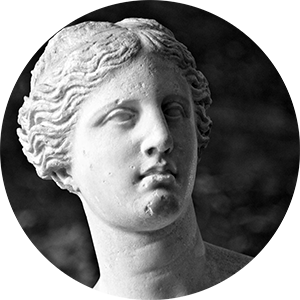
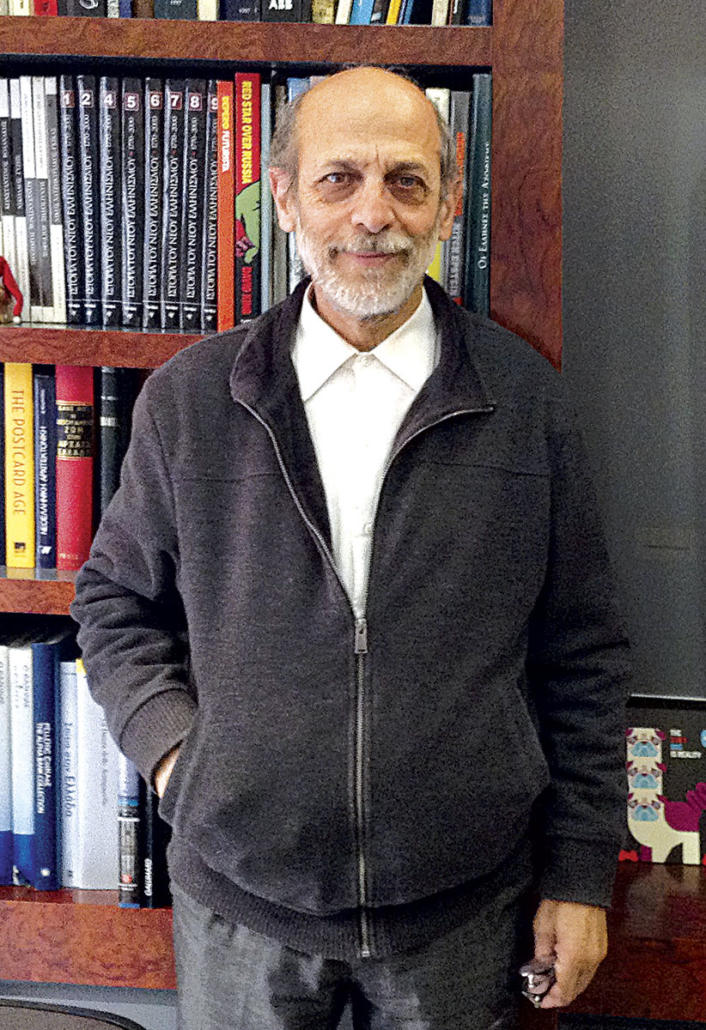
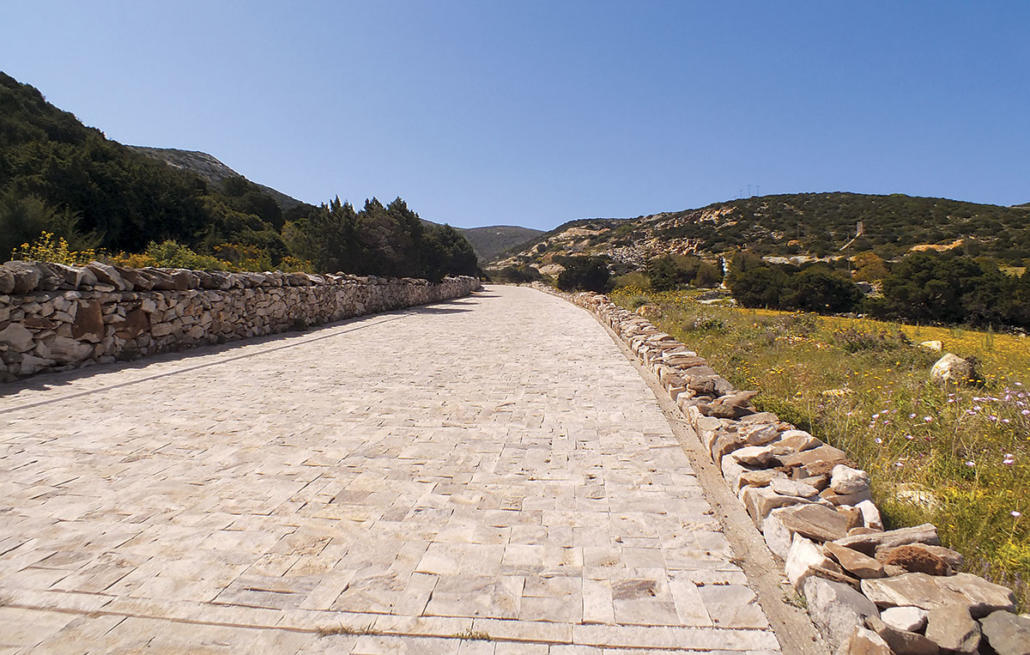
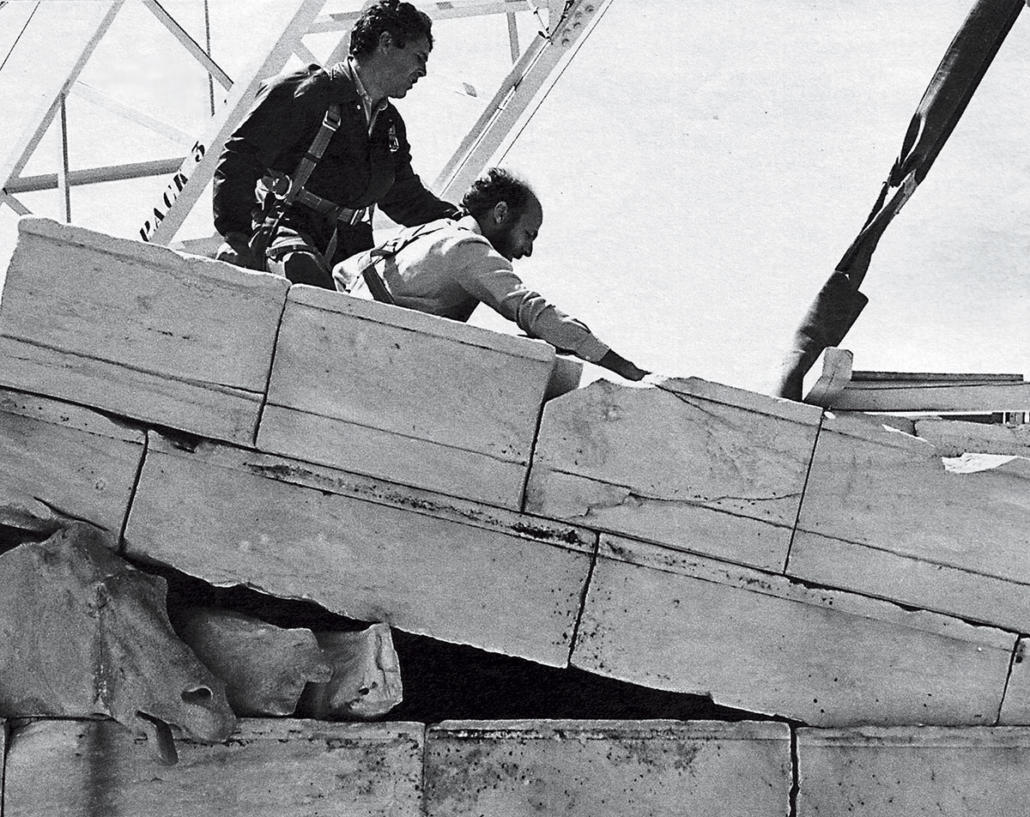
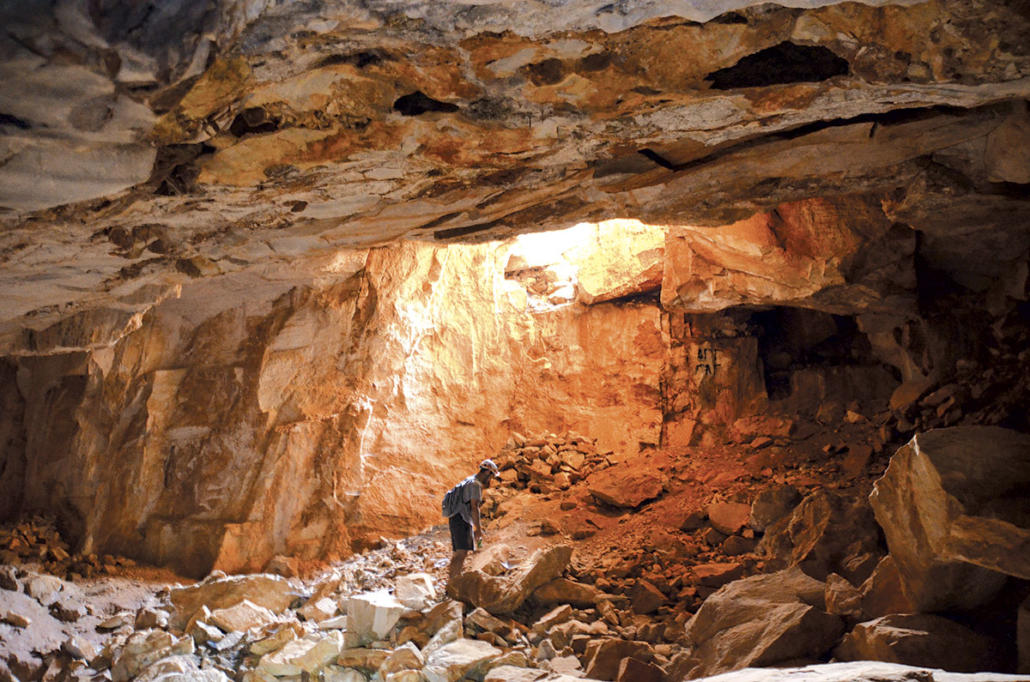
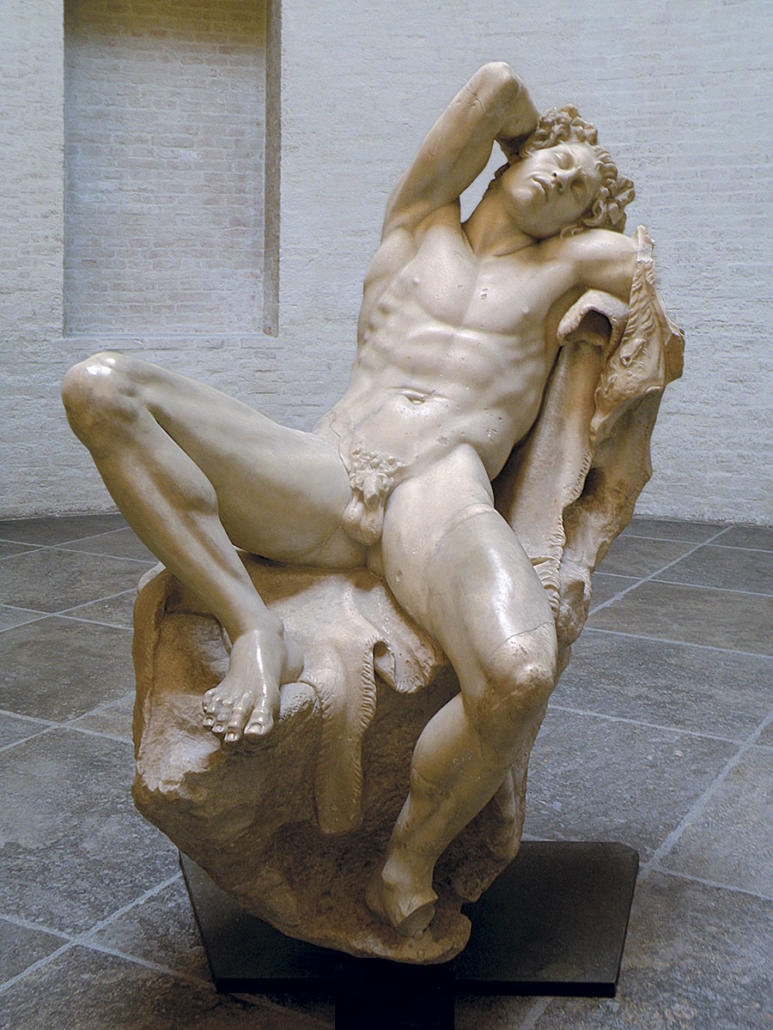



Leave a Reply
Want to join the discussion?Feel free to contribute!